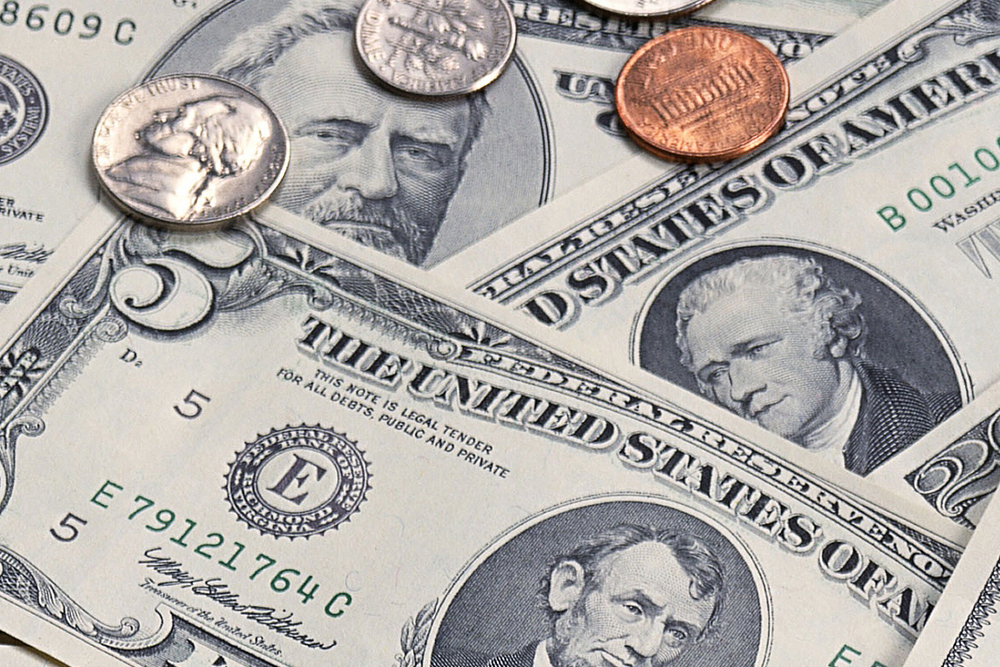During the American session on Monday, the US Dollar (USD) benefited from a surge in US Treasury bond yields following a quiet start to the new week. Early Tuesday, the US Dollar Index hit its highest level since November, above 107.00, entering a consolidation phase. The US economic docket will include August JOLTS Job Openings data and October’s IBD/TIPP Economic Optimism Index data later in the session.

The previous day, the benchmark 10-year US T-bond yield rose to a multi-year high above 4.7%. The Dow Jones Industrial Average dropped 0.22%, the Nasdaq Composite gained 0.83% daily, and the Dow Jones Industrial Average gained 0.83%. Futures for US stock indexes are virtually unchanged in the European morning.
Yesterday’s session saw the US Dollar (USD) rise as a combination of higher US Treasury yields and a risk-off market mood helped to boost the safe-haven ‘Greenback.’
A better-than-expected ISM manufacturing PMI added to USD’s gains in the afternoon, although it remained in contraction territory.
In the coming hours, the latest JOLTs job openings figures could dent the US Dollar if they indicate that the labor market is cooling in the United States.
With growing expectations of a foreign exchange intervention, investors remained on the sidelines during Asian trading hours as USD/JPY moved sideways slightly below the critical 150.00 level. Shunichi Suzuki, the Japanese Finance Minister, said they were prepared to respond to currency market movements but refused to comment on currency interventions.
Mixed Pound (GBP) following Manufacturing PMI
Against its peers, the Pound (GBP) traded in a wide range yesterday, lacking fresh momentum.
The final manufacturing PMI was the only data release broadly aligned with preliminary estimates.
As for today, the Sterling trade could once again lack a clear trajectory due to the continued lack of market-moving UK data.

USD-EUR Correlation Weakens
Yesterday, Euro prices were pressured by a strengthening US Dollar, which negatively correlated with the currency.
While the Eurozone’s jobless rate dropped to 6.4% in August, it did not stem the EUR’s losses.
Euro support appears modest following remarks by European Central Bank Chief Economist Philip Lane this morning. Lane said there was still potential for upside inflation and that ‘more work needs to undergo to address the issue.
After an oil-induced dip, the Canadian Dollar (CAD) recovers
The Canadian Dollar (CAD)’s positive relationship with the US Dollar (USD) helped lift the currency during American trading hours after initially declining amid a drop in oil prices.
No Canadian data releases today could leave the CAD trading in tandem with oil once again. Could an oil recovery lift the CAD exchange rate?
RBA holds interest rates, causing AUD to fall
It was the fourth consecutive month that the Reserve Bank of Australia (RBA) kept interest rates unchanged, so the Australian Dollar (AUD) dropped last night. The Reserve Bank of Australia (RBA) announced during Asian trading hours that the policy rate would remain unchanged at 4.1% as expected.
The RBA reiterated that some further tightening of monetary policy may be needed in the policy statement. The AUD/USD dropped toward 0.6300 after the RBA’s inaction, reaching its lowest level in nearly a year.
A gloomy business climate dampens the New Zealand Dollar (NZD)
Also, last night, the New Zealand Dollar (NZD) weakened after business confidence declined less than expected, with firms in the country still deeply pessimistic.


